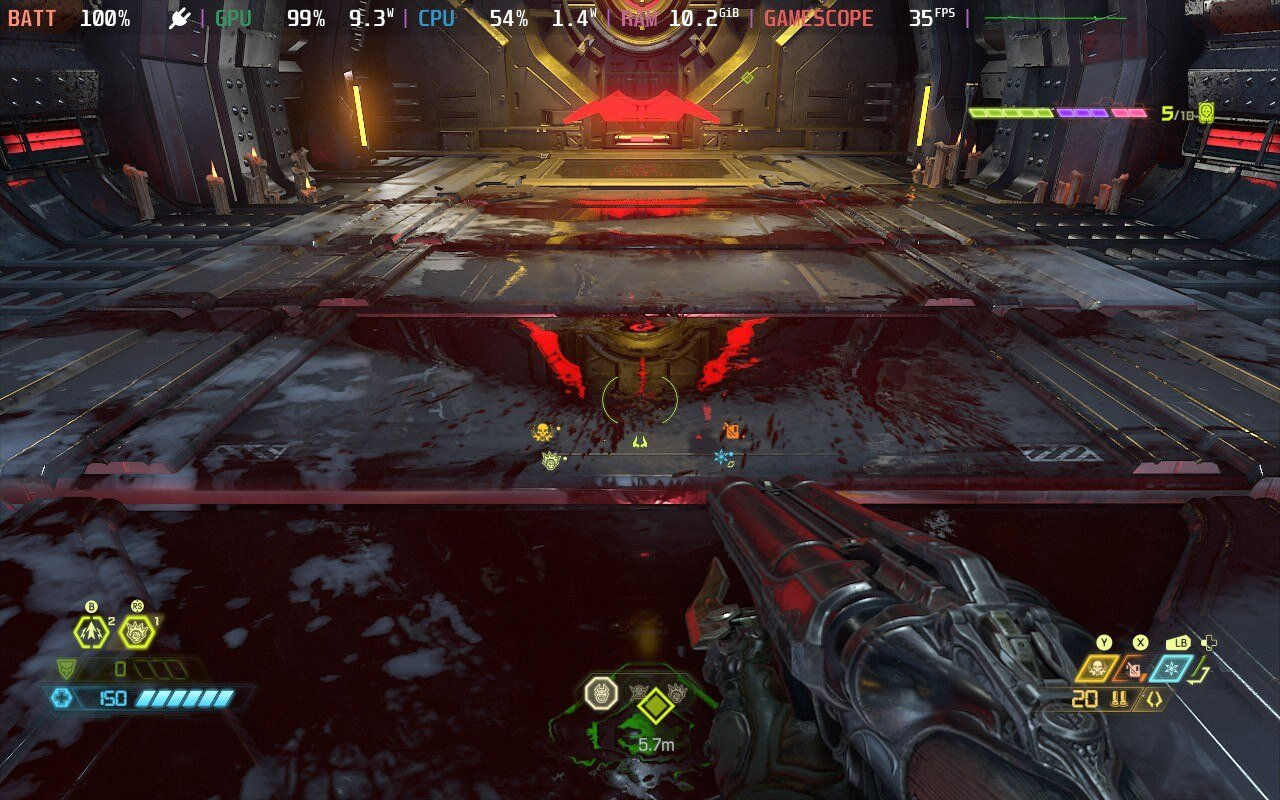Valve just enabled native ray tracing on the Steam Deck and it actually looks pretty wild
"DXR is also in the pipe, just not quite ready yet," says Deck developer, Pierre-Loup Griffais.

So yeah, ray tracing on the Steam Deck is now properly a thing. It's been do-able if you wanted to dig in and do some Linux-y tweaking before, but with the latest beta OS Valve is starting to go native. For a device that costs less than the price of an RTX 3050—a graphics card no-one should buy at that price—to be able to enable ray tracing that's worth a damn is seriously impressive.
Valve has announced the new Steam Deck OS beta in the handheld's Preview channel, and updates the operating system of the device to the Mesa 23.1 graphics driver. So far, so dry, but the interesting stuff is in what that actually means in terms of games. For one, it gets rid of some graphical corruption issues that exist with the current build of Wo Long: Fallen Dynasty and GPU crashes "in several upcoming titles."
The update also enables ray tracing in Doom Eternal.
What business has the Steam Deck running the graphically intensive pretties of ray tracing? You may ask. But Deck developer, Pierre-Loup Griffais, who took to twitter to make the announcement has also demonstrated the performance of Doom Eternal with it enabled.
They posted a screenshot in the thread, confirmed to have been taken on the Deck, with a performance overlay enabled showing the frame rate at 35 fps, with an attendant frame time graph that is seemingly rock solid at that speed.
Doom Eternal isn't the last word in overblown ray tracing effects, but its implementation is a smart use of the technology to enhance lighting and reflections throughout the game. As such it doesn't have high entry requirements for enabling ray tracing, with the 1080p minimum spec given as an RTX 2060.
The tech comes through the Vulkan graphics API direct, rather than DXR through a Proton layer, which can add some drag to the frame rate of a DirectX game.
Keep up to date with the most important stories and the best deals, as picked by the PC Gamer team.
SteamOS 3.4.6 Preview contains fixes for invalid rendering and performance improvements for Wo Long: Fallen Dynasty. Also comes with Ray-Tracing support for DOOM Eternal! pic.twitter.com/EViKO0Y4kkMarch 3, 2023
But Griffais does say that: "DXR is in the pipe, just not quite ready yet."
The idea that we'll actually have the ability to enable DirectX Raytracing natively on the Steam Deck is pretty wild. I mean, performance on DXR titles is likely to be tougher on the Deck's GPU hardware than with Doom Eternal, but it's something I'll be interested to check out for sure.
I've been playing with ray tracing on Linux a lot recently, after sticking PopOS! on my RTX 3080-powered Razer Blade 15. I was stunned to be able to get both DLSS and ray tracing running at playable ultra RT settings on the machine in Cyberpunk 2077 through the bleeding edge versions of Proton.
Thank you, Glorious Eggroll.
But that requires some pre-launch arguments to run, and doesn't work for The Witcher 3. The idea of not having to worry about such Linux-y tweakery on a Steam Deck is tantalising. Even if the performance on its Aerith APU is unlikely to be super-slick on something so demanding.

Dave has been gaming since the days of Zaxxon and Lady Bug on the Colecovision, and code books for the Commodore Vic 20 (Death Race 2000!). He built his first gaming PC at the tender age of 16, and finally finished bug-fixing the Cyrix-based system around a year later. When he dropped it out of the window. He first started writing for Official PlayStation Magazine and Xbox World many decades ago, then moved onto PC Format full-time, then PC Gamer, TechRadar, and T3 among others. Now he's back, writing about the nightmarish graphics card market, CPUs with more cores than sense, gaming laptops hotter than the sun, and SSDs more capacious than a Cybertruck.

